Succulent Low Light Varieties
Not every space gets bright sunlight, but that doesn’t mean you can’t enjoy the beauty of succulents indoors. Some varieties adapt well to dimmer conditions and continue to grow without constant direct light. You can choose low light succulents that stay healthy and attractive even in rooms with limited natural light.
These plants give you more options for decorating desks, shelves, and corners where other succulents might struggle. You’ll find compact types that fit small spaces, trailing varieties that add interest to hanging planters, and even unique options that bring texture and color to low-light areas.
By learning which succulents tolerate shade and how to care for them, you can create a thriving indoor collection without worrying about sunlight. This guide introduces what makes these plants different, highlights the top varieties, and shows you how to make the most of them in your home.
What Are Succulent Low Light Varieties?
Succulent low light varieties are types of houseplants that can survive and grow in spaces without strong, direct sunlight. These plants often come from shaded habitats and have special traits that let them handle limited light indoors.
Definition of Low Light Conditions

Low light does not mean total darkness. It usually refers to areas that receive indirect sunlight or filtered light for most of the day. Examples include north-facing windows, rooms with sheer curtains, or spots several feet away from a bright window.
You can think of low light as the amount of daylight you would find in a room where you can still read without turning on a lamp.
For houseplants, this means they do not get direct sun rays burning their leaves but still receive enough brightness to photosynthesize. Succulents that tolerate these conditions tend to grow slower and may not show the vibrant colors seen in sun-loving types.
Common indoor examples of low light succulents include Haworthia, Gasteria, and Dracaena (Snake Plant). These plants can handle shaded corners, offices, and bedrooms where other succulents might fail.
How Succulents Adapt to Low Light
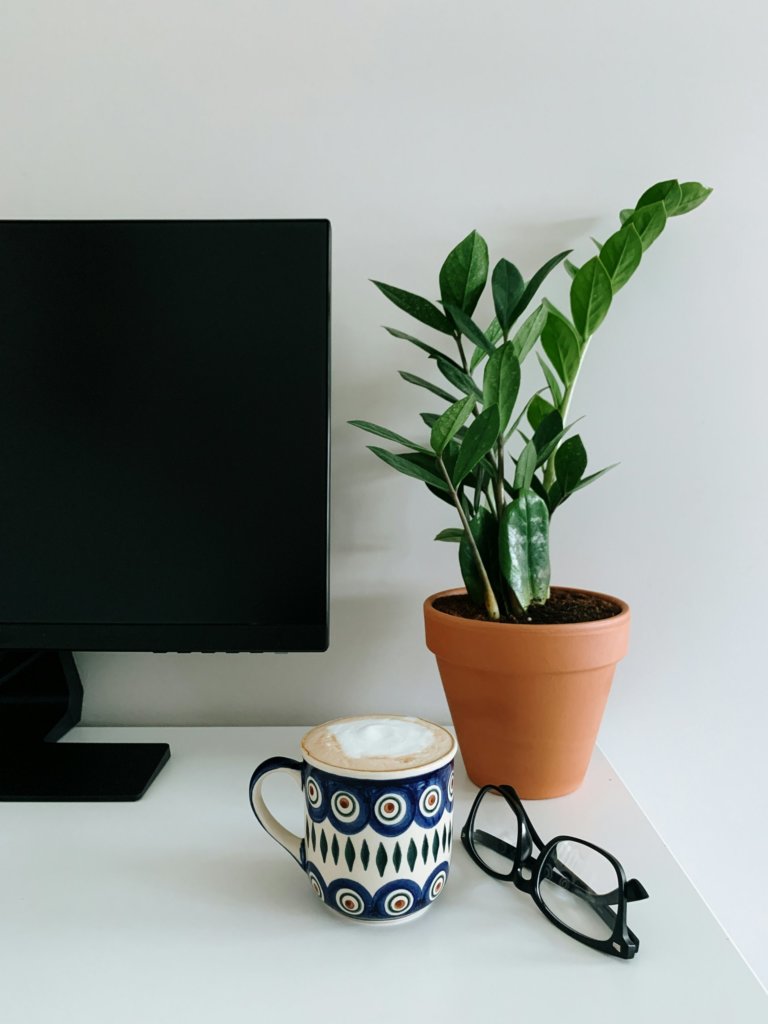
Succulents adapt to low light by adjusting their growth and energy use. Instead of producing thick, colorful leaves like sun-loving species, they often stay smaller, greener, and more compact.
Their leaves usually have more chlorophyll, which helps them capture the limited light available. This is why many low light succulents appear darker green compared to high light types.
Some species also slow down their growth rate to conserve energy. This means you will not need to repot or prune them as often, which makes care simpler.
Benefits of Growing Low Light Succulents

Low light succulents offer practical benefits for indoor spaces. They allow you to decorate areas of your home or office that do not receive strong sun.
These plants are often low-maintenance. Since they grow slowly and need less frequent watering, they fit well into busy lifestyles.
They also improve air quality. Plants like Snake Plant and Ponytail Palm are known for filtering indoor air, making your space healthier.
Another benefit is flexibility. You can place them on desks, shelves, or bedside tables without worrying about constant sunlight. This makes them versatile houseplants for apartments and workspaces.
By choosing shade-tolerant succulents, you can enjoy greenery in almost any room, even those with minimal natural light.
Top Succulent Varieties for Low Light
Some succulents adapt well to dim rooms and shaded corners by storing energy in their leaves and tolerating less sun. These plants stay healthy with minimal care and can handle typical indoor conditions where other succulents may not thrive.
Snake Plant (Dracaena trifasciata)

The snake plant, also called mother-in-law’s tongue, is one of the best low light succulents. Its tall, upright leaves with green and yellow edges make it a striking choice for offices and bedrooms. You can place it in corners with indirect or even artificial light, and it will continue to grow slowly.
This plant is very forgiving if you forget to water it. The thick leaves store moisture, so watering once every 2-3 weeks is often enough. Overwatering is the main risk, as soggy soil can lead to root rot.
Snake plants also tolerate a wide range of temperatures, making them easy to keep year-round. They are often recommended for beginners because they survive neglect better than most indoor plants.
Quick facts:
- Light: Low to bright, indirect
- Water: Every 2-3 weeks
- Growth: Upright, vertical leaves up to 3 feet tall
ZZ Plant (Zamioculcas zamiifolia)
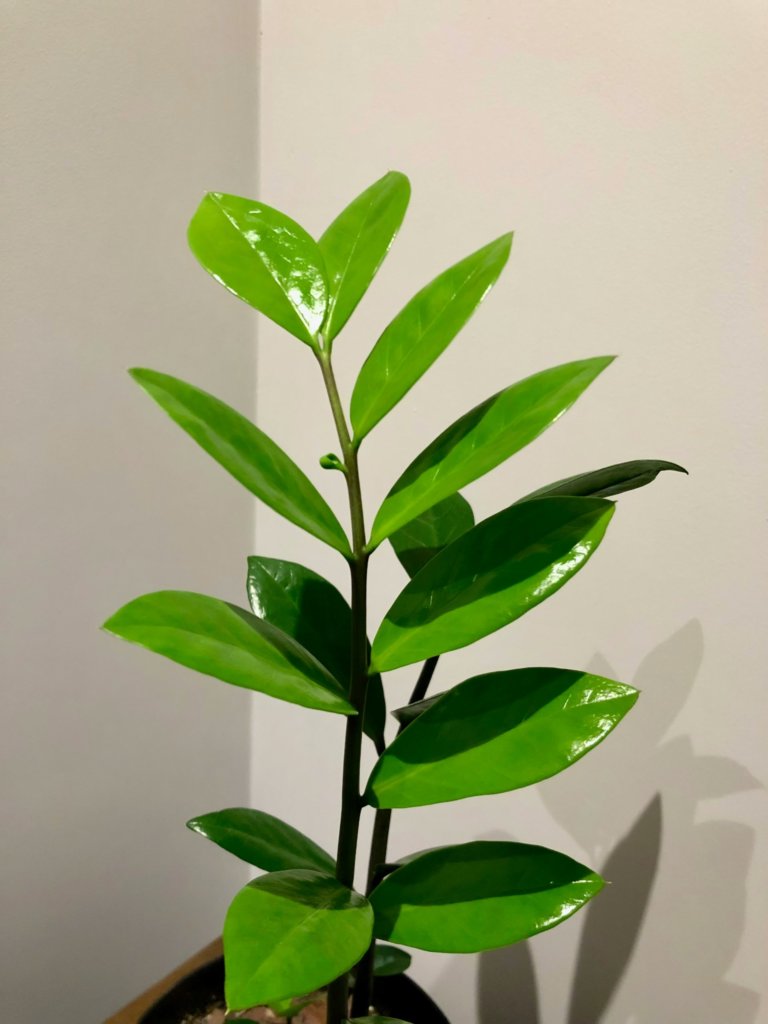
The ZZ plant is another reliable option for dim spaces. Its glossy, dark green leaves grow from thick, underground rhizomes that store water, allowing it to thrive in low light and dry conditions. You can place it in hallways, bathrooms, or offices with little natural light.
It needs very little water. Once every 2-3 weeks is usually enough, depending on the season. Like the snake plant, the ZZ plant is prone to root rot if watered too often.
This plant grows slowly but steadily, often reaching 2-4 feet tall indoors. Its upright shape and shiny foliage give it a clean, structured look that works well in modern spaces.
Quick facts:
- Light: Low to moderate, indirect
- Water: Every 2-4 weeks
- Growth: Upright stems, 2-3 feet tall
Jade Plant (Crassula ovata)

The jade plant (Crassula ovata) is a popular succulent with thick, oval-shaped leaves that store water. While it prefers bright light, it can adjust to lower light if you avoid overwatering and keep it in well-draining soil.
In low light, jade plants grow more slowly and may develop longer stems with fewer leaves. To keep it compact, rotate the pot so all sides receive equal light. Occasional exposure to brighter conditions will help maintain its shape and color.
Jade plants also live for many years with proper care. They can grow into small tree-like forms indoors, making them an attractive choice for long-term houseplants.
Quick facts:
- Light: Low to bright, indirect
- Water: Every 2-3 weeks
- Growth: Shrubby, tree-like form, up to 3-6 feet indoors
Trailing and Unique Low Light Succulents
Trailing succulents adapt well to shelves, hanging baskets, and places where you want greenery to cascade down. These plants have distinct shapes and growth habits that make them stand out while still handling lower light compared to many other succulents.
String of Pearls (Senecio rowleyanus)
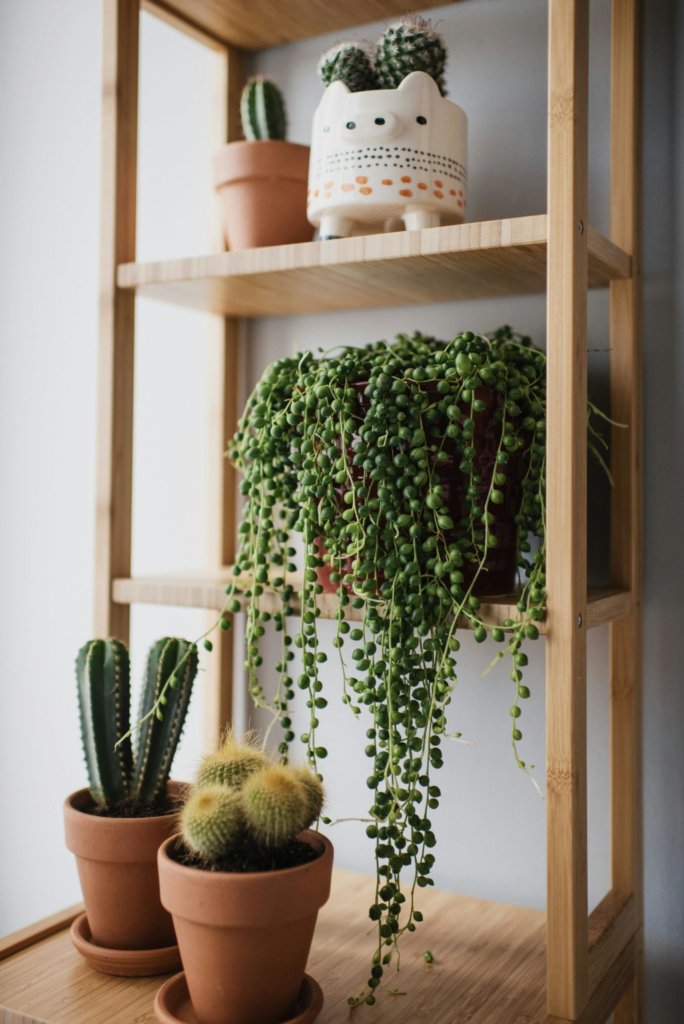
You can recognize String of Pearls by its small, round, bead-like leaves that resemble a strand of pearls. The leaves grow along thin stems that trail down, making this plant ideal for hanging containers.
This succulent prefers bright, indirect light but can adapt to lower light if you avoid overwatering. In dimmer areas, growth may slow, but the plant usually maintains its unique form.
Water sparingly and let the soil dry between waterings. A well-draining succulent mix works best. If you notice shriveled beads, it often means the plant needs water, while mushy leaves usually signal too much moisture.
Key care tips:
- Light: Bright, indirect; tolerates lower light
- Water: Infrequent, allow soil to dry
- Soil: Fast-draining
String of Bananas (Senecio radicans)
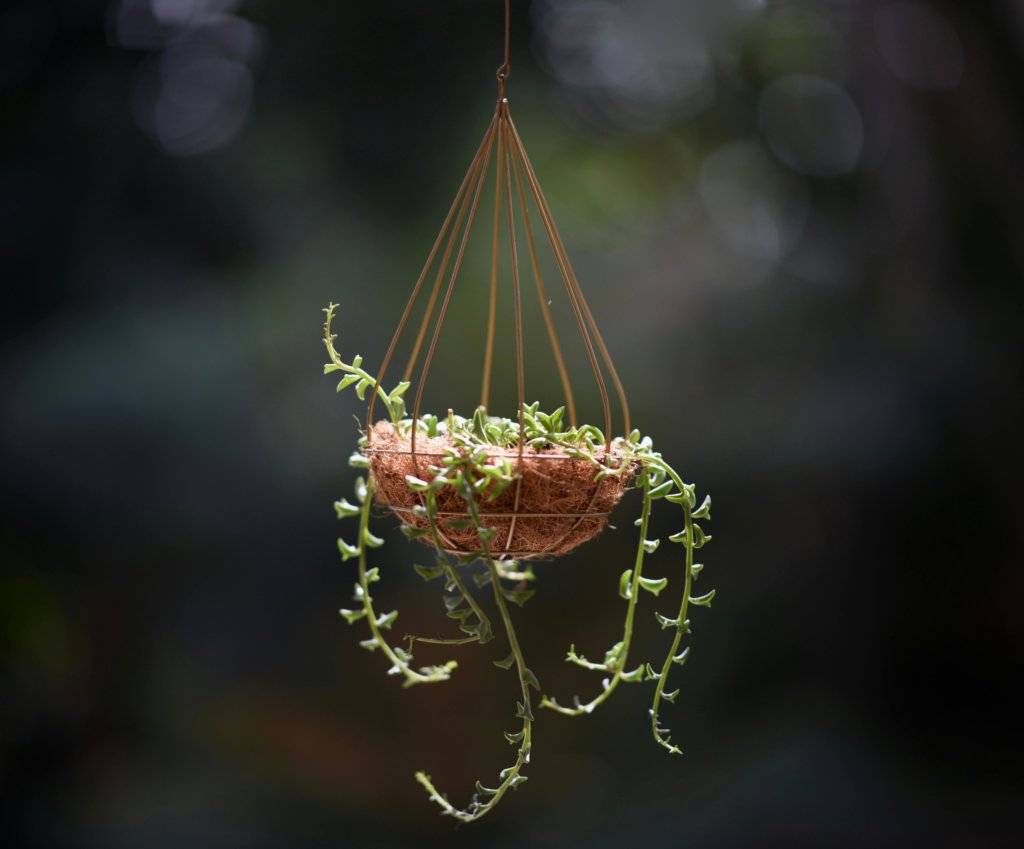
String of Bananas has curved, banana-shaped leaves that grow along long, trailing stems. The leaves are slightly translucent, which allows light to reach the photosynthetic tissue within.
This plant grows faster than String of Pearls and is somewhat more forgiving in lower light. It still prefers indirect light but can handle shaded rooms if you rotate it occasionally to prevent uneven growth.
You should water it when the soil is completely dry. Overwatering is the most common problem, so keeping the potting mix airy and well-draining is important.
Quick facts:
- Leaf shape: Banana-like, slightly pointed
- Growth: Fast trailing habit
- Best use: Hanging baskets or high shelves
String of Hearts (Ceropegia woodii)
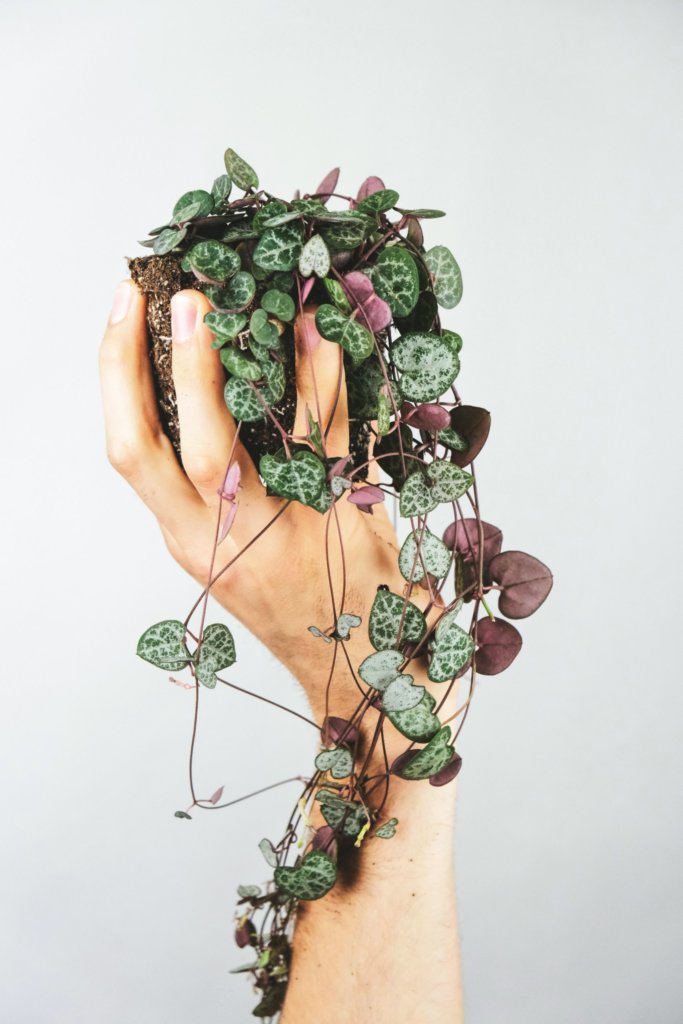
String of Hearts, also known as Rosary Vine, is a trailing stem succulent. It has small, heart-shaped leaves with a marbled pattern of green and silver. The leaves grow along thin purple stems that can trail several feet.
This plant tolerates lower light better than many succulents, though growth is slower in dim spaces. It can survive in shaded rooms but looks fuller with some indirect light.
You should water it sparingly, as the tuberous roots store moisture. Overwatering can cause yellowing leaves and root rot. It is well suited for hanging baskets where the vines can cascade freely.
Highlights:
- Leaf shape: Heart-shaped, patterned
- Common name: Rosary Vine
- Adaptable to different light levels, including low light
Other Notable Succulent Low Light Varieties
Some succulents adapt better than others to shaded spaces. These plants often come from environments where larger vegetation blocks direct sun or where they naturally grow in crevices and understory habitats. Their ability to handle indirect light makes them practical choices for your home or office.
Aloe plants
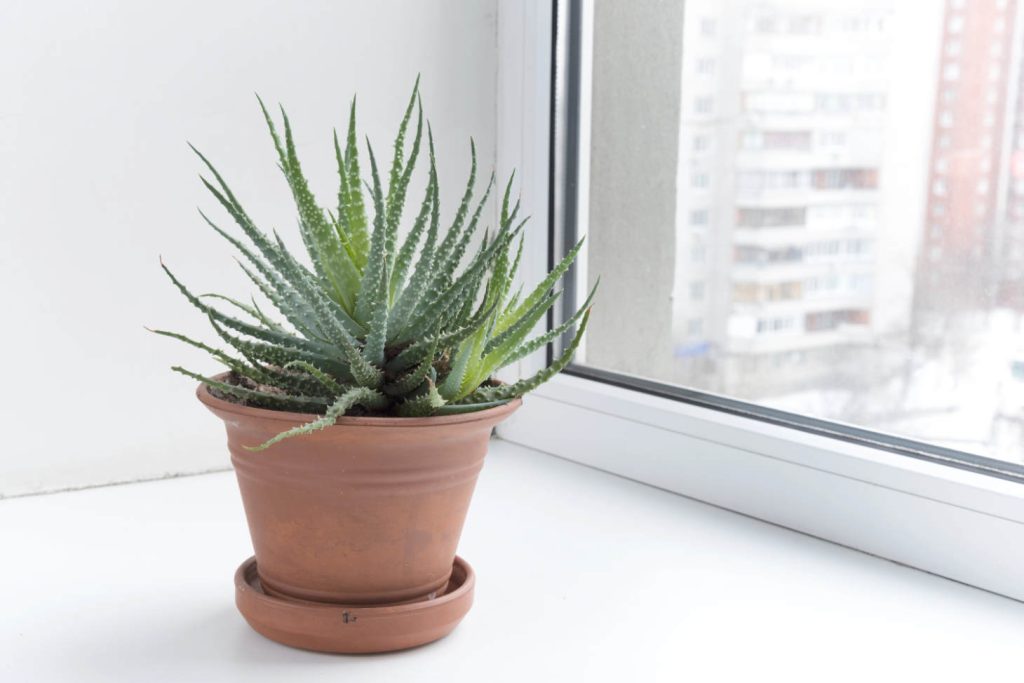
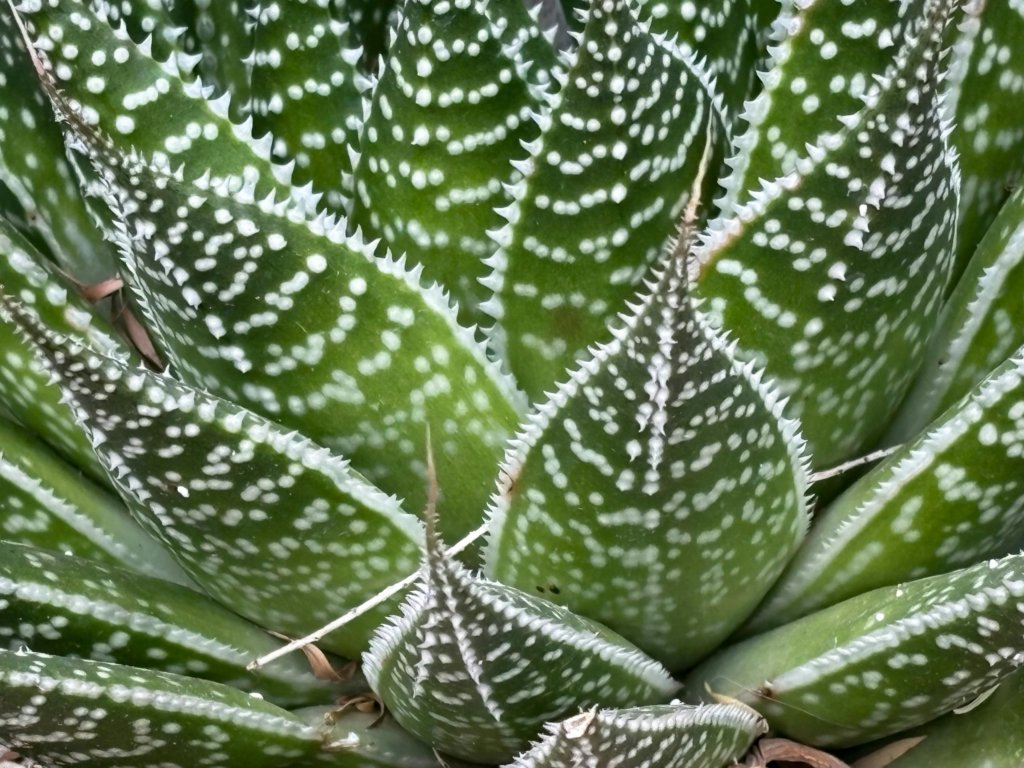

Aloe is a large group of plants, but a few smaller species handle low light better than others.
Aloe aristata (lace aloe) and Aloe variegata (partridge-breasted aloe) are compact and more tolerant of lower light. Lace aloe has spiky leaves with white spots, while Aloe variegata shows striped patterns. Both stay small, making them good for desks or shelves.
If you want something different, hybrids like Gasteraloe combine aloe and gasteria traits. These hybrids inherit toughness, patterned leaves, and a slow growth habit, making them well-suited to dimmer conditions.
Key care points:
- Use well-draining soil.
- Water sparingly, letting the soil dry between watering.
- Place near a window with filtered or indirect light.
Haworthia and Gasteria Species
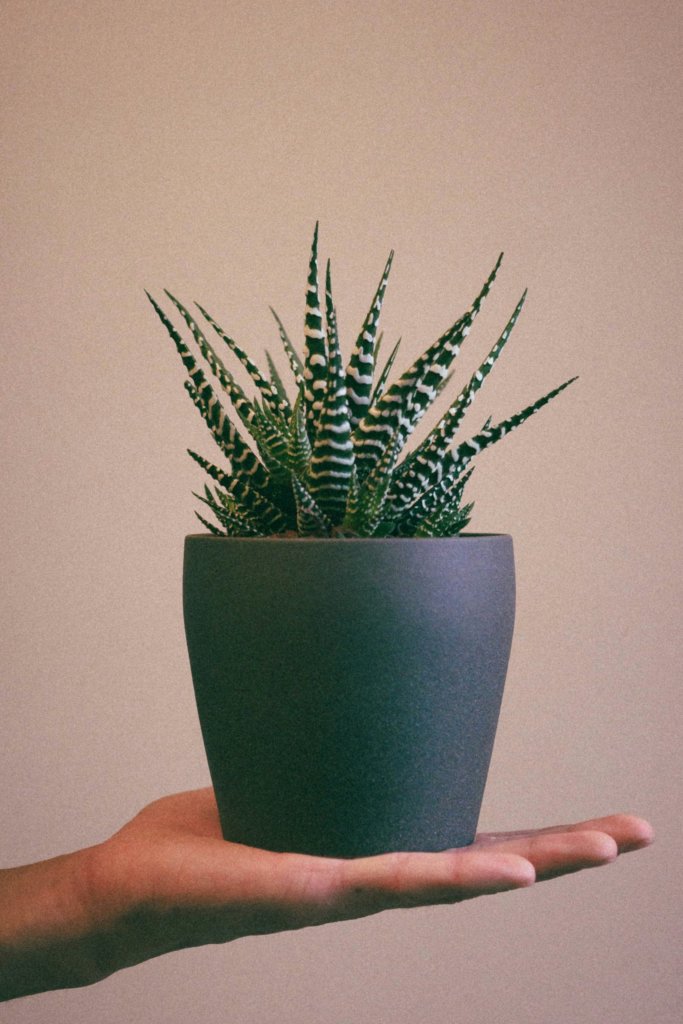
Haworthia species are some of the most shade-tolerant succulents you can grow. Haworthia attenuata (Zebra Haworthia) and other related species have striped leaves that stay attractive even in low light. Their small rosette form fits well in small containers.

Gasteria plants, such as Gasteria batesiana and Gasteria prolifera, also thrive in lower light. They have thick, tongue-shaped leaves with mottled patterns. These plants grow slowly and rarely outgrow their pots, which makes them easy to manage indoors.

